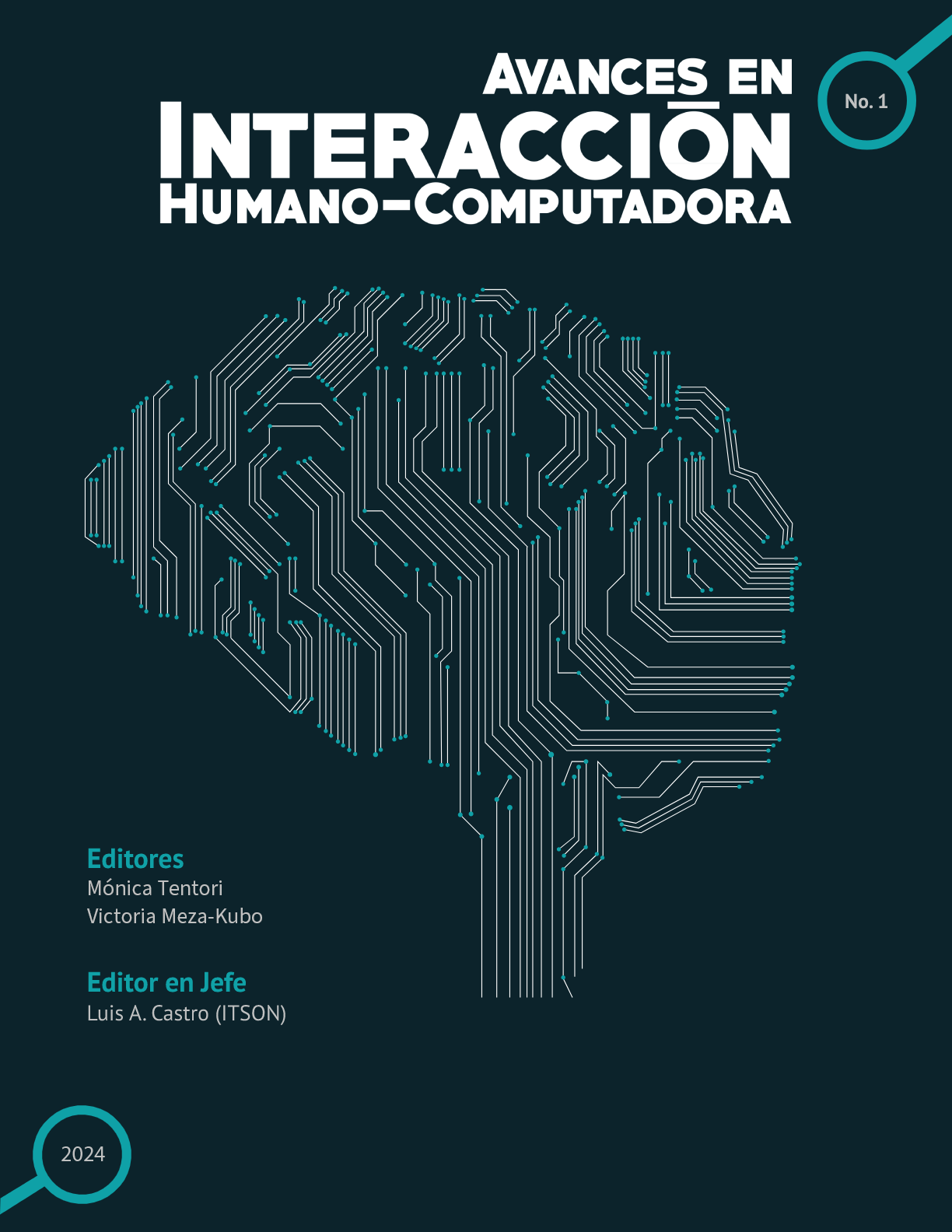Cactus
A Mobile Haptic Interface to Define Vibrotactile Patterns Mimicking Surface Textures
DOI:
https://doi.org/10.47756/aihc.y9i1.151Keywords:
Human-centered computing, Haptic devices, Touch screensAbstract
Sensory integration therapies are essential for aiding people with sensory differences or Autism Spectrum Disorder (ASD) in processing sensory-rich environments. Haptic computing has become a valuable tool in this context. To the best of our knowledge, few interfaces allow for manipulating vibrotactile patterns or mimicking texture variations used in therapies. In this paper we report Cactus, a user-centered mobile haptic interface designed for research. Cactus facilitates the creation of vibrotactile patterns representing textures like smooth, bumpy, rough, sharp, and adhesive. It connects one to six MetamotionS devices with an Android phone, which can be embedded in a ring, glove, or smartphone case. A preliminary evaluation with 24 adult participants revealed distinct haptic sensations for each pattern. However, showed only 52% accuracy in texture classification. This work aims to refine the Cactus App development and advance research into an interface tailored for vibrotactile therapies in children with ASD
Downloads
References
Naim Salkic, Zulfo Ahmetovic, Safet Velic, and Lara Krnojelac. Difficulties of the tactile sensory system Integration of children with autism. Technium Soc. Sci. J., 27:502, 2022, DOI: 10.47577/tssj.v27i1.5497 DOI: https://doi.org/10.47577/tssj.v27i1.5497
Nicolaas A J Puts, Richard A E Edden, Ericka L Wodka, Stewart H Mostofsky, and Mark Tommerdahl. A vibrotactile behavioral battery for investigating somatosensory processing in children and adults. J Neurosci Methods, May 2013, DOI: 10.1016/j.jneumeth.2013.04.012. DOI: https://doi.org/10.1016/j.jneumeth.2013.04.012
Shuhei Asano, Shogo Okamoto, Yoichiro Matsuura, Hikaru Nagano, and Yoji Yamada. Vibrotactile display approach that modifies roughness sensations of real textures. In 2012 IEEE RO-MAN: The 21st IEEE International Symposium on Robot and Human Interactive Communication, pages 1001–1006, 2012, DOI: 10.1109/ROMAN.2012.6343880 DOI: https://doi.org/10.1109/ROMAN.2012.6343880
Shuhei Asano, Shogo Okamoto, and Yoji Yamada. Vibrotactile stimulation to increase and decrease texture roughness. IEEE Transactions on Human-Machine Systems, 45(3):393–398, 2015. DOI: 10.1109/THMS.2014.2376519 DOI: https://doi.org/10.1109/THMS.2014.2376519
Paul Strohmeier and Kasper Hornbæk. Generating haptic textures with a vibrotactile actuator. In Proc. CHI ’17, page 4994–5005, New York, NY, USA, 2017, ACM, DOI: 10.1145/3025453.3025812 DOI: https://doi.org/10.1145/3025453.3025812
Yusuke Ujitoko, Yuki Ban, and Koichi Hirota. Modulating fine roughness perception of vibrotactile textured surface using pseudo-haptic effect. IEEE Transactions on Visualization and Computer Graphics, 25(5):1981–1990, 2019, DOI: 10.1109/TVCG.2019.2898820 DOI: https://doi.org/10.1109/TVCG.2019.2898820
Jie Ying Gao, Leijing Zhou, Miaomiao Dong, and Fan Zhang. Expressive plant: A multisensory interactive system for sensory training of children with autism. Proc. UbiComp’18, DOI: 10.1145/3267305.3267588 DOI: https://doi.org/10.1145/3267305.3267588
Metamotions device, mbientlab. 2021. Retrieved August 21, 2024 from https://mbientlab.com/metamotions
Paths to Literacy, Texture Book, Retrieved August 21, 2024, from https://www.pathstoliteracy.org/texture-book/
Brown, C., Tollefson, N., Dunn, W., Cromwell, R., & Filion, D. (2001). The Adult Sensory Profile: Measuring Patterns of Sensory Processing. The American Journal of Occupational Therapy, 55(1), 75–82. DOI:10.5014/AJOT.55.1.75 DOI: https://doi.org/10.5014/ajot.55.1.75
Carrie Allison, Bonnie Auyeung, Simon Baron-Cohen, Toward Brief “Red Flags” for Autism Screening: The Short Autism Spectrum Quotient and the Short Quantitative Checklist in 1,000 Cases and 3,000 Controls, Journal of the American Academy of Child & Adolescent Psychiatry, Volume 51, Issue 2, 2012, Pages 202-212.e7, DOI: 10.1016/j.jaac.2011.11.003 DOI: https://doi.org/10.1016/j.jaac.2011.11.003
Downloads
Published
How to Cite
Issue
Section
License

This work is licensed under a Creative Commons Attribution-NonCommercial-NoDerivatives 4.0 International License.
AMexIHC make every effort to ensure the accuracy and rigour of all the information (the "Content") contained in out publications. However, AMexIHC and our representatives make no representations or warranties whatsoever as to the accuracy, completeness, or suitability for any purpose of the Content. Any opinions and views expressed in this publication are the opinions and views of the authors, and are not the views of or endorsed by AMexIHC. The accuracy of the Content should not be relied upon and should be independently verified with primary sources of information.





